- Feb 24, 2014
- 15,228
- 3,122
- 28,180
209,5 km
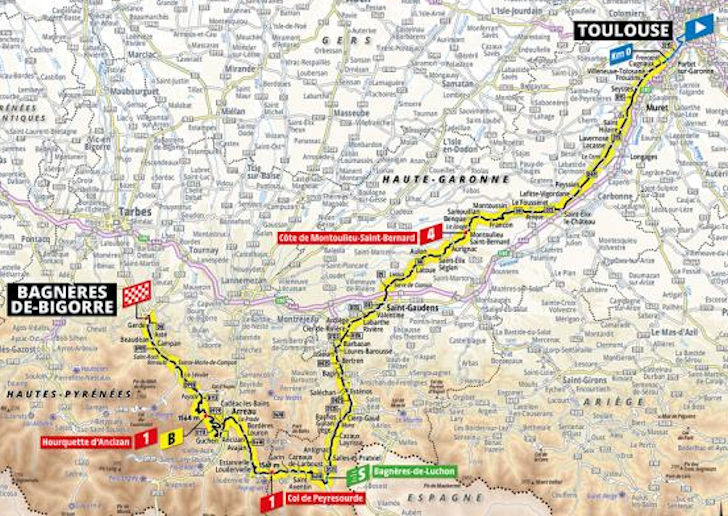
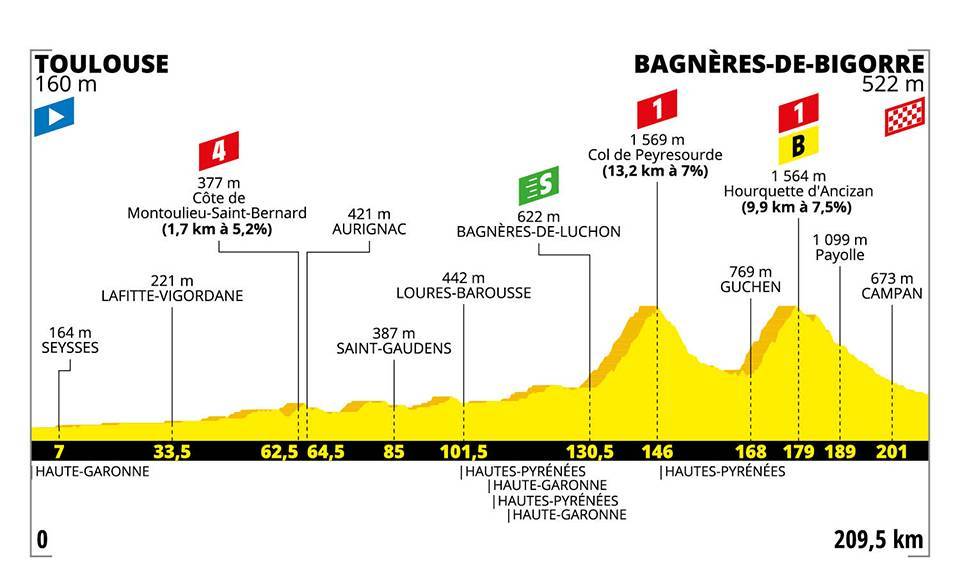
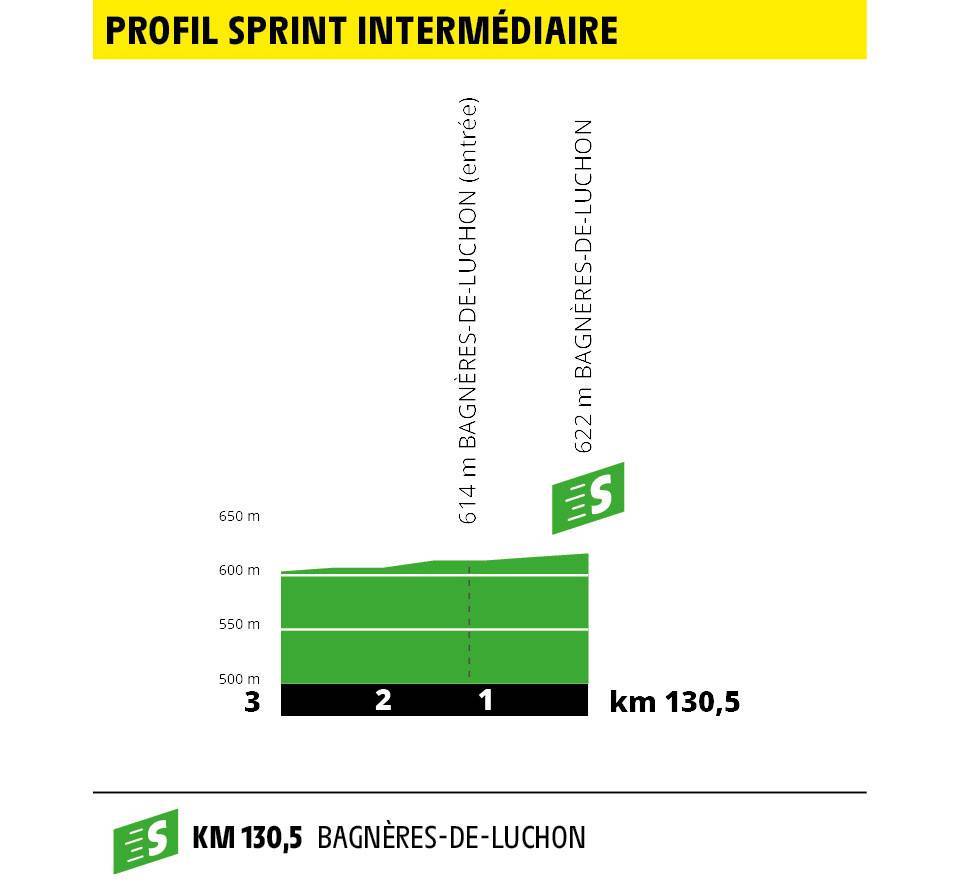

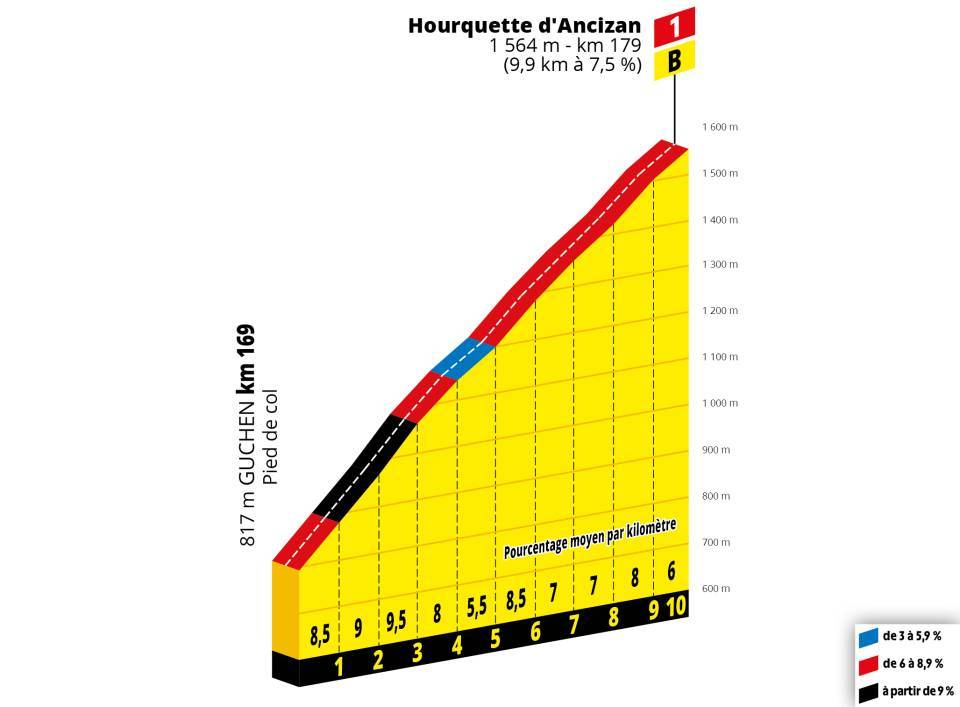
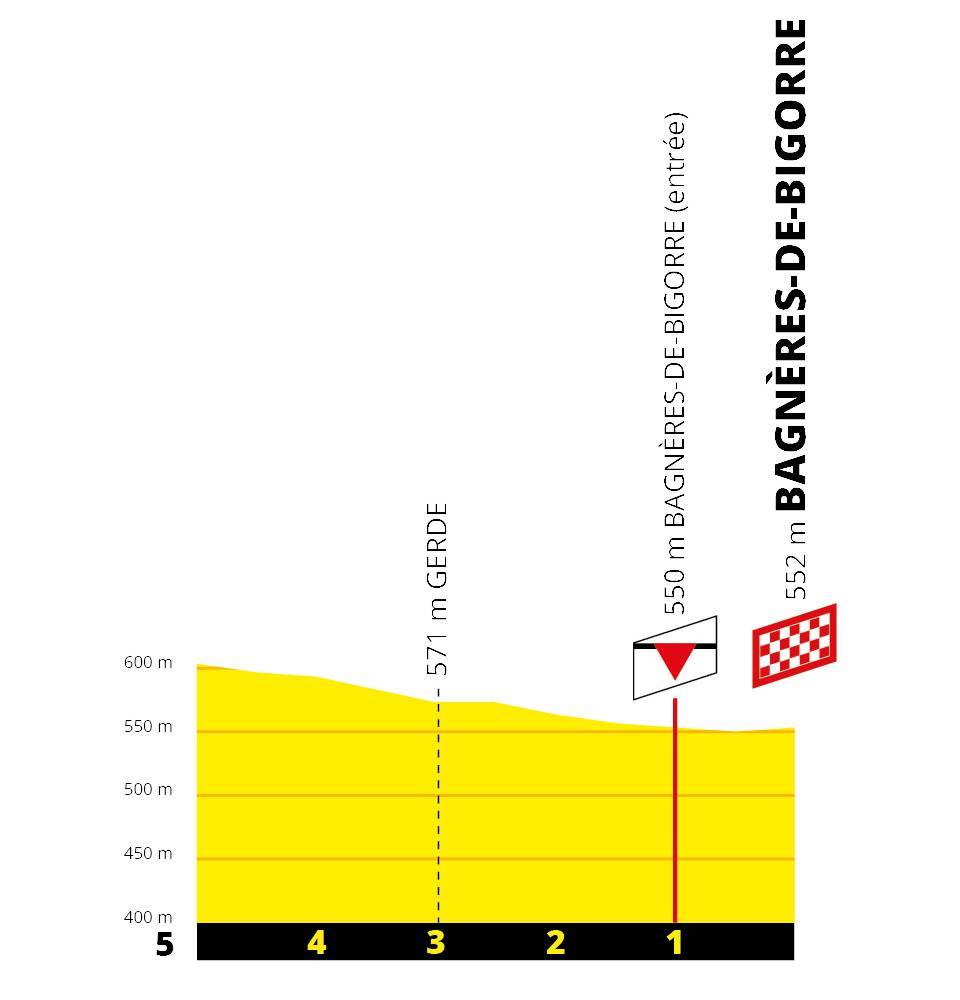
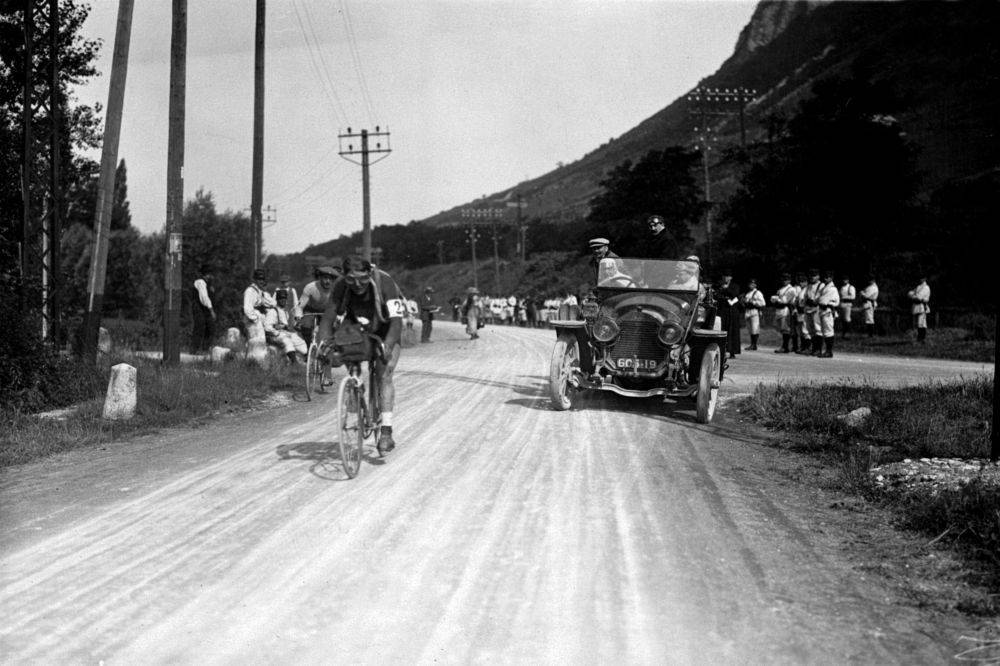
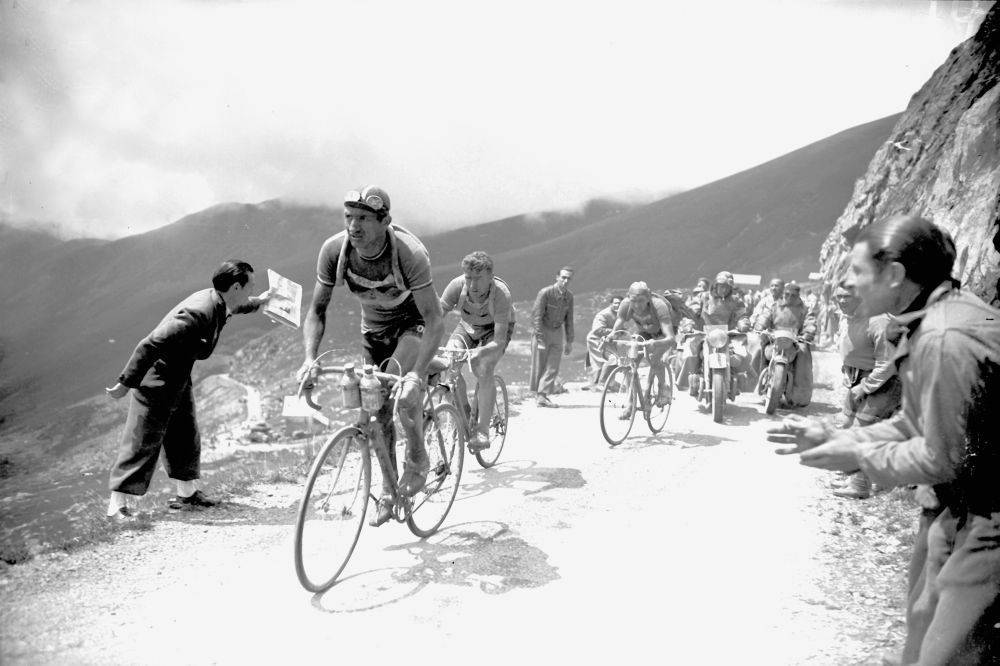
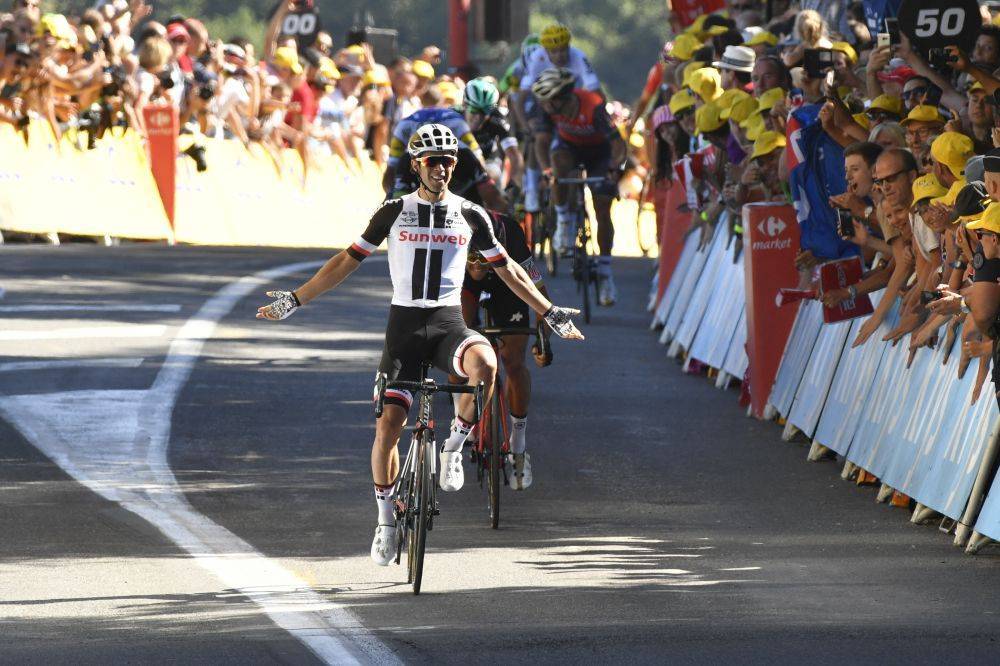

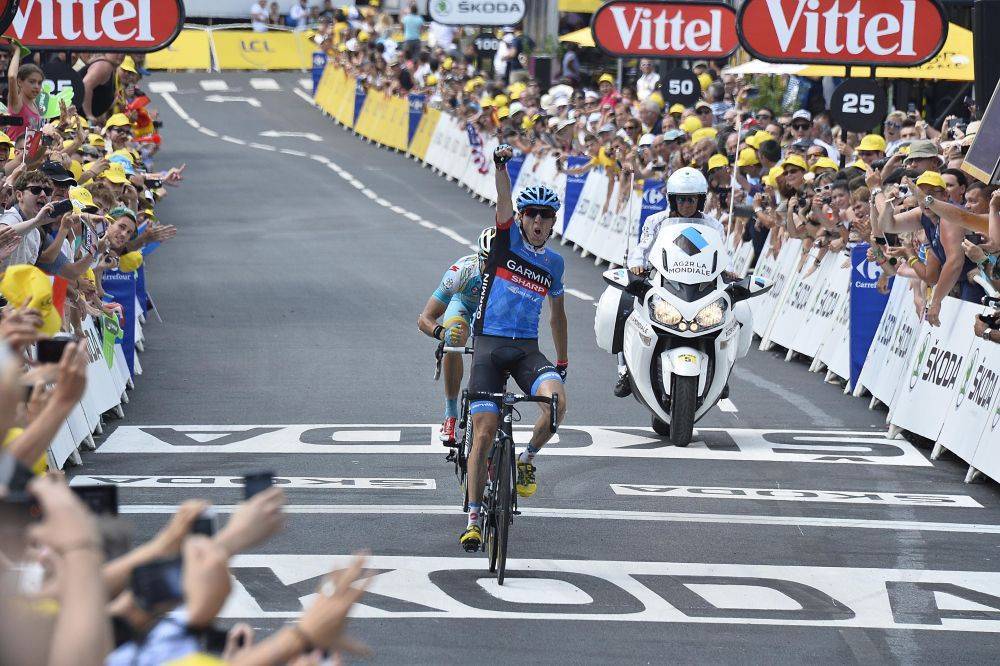
Km 4
Villeneuve-Tolosane

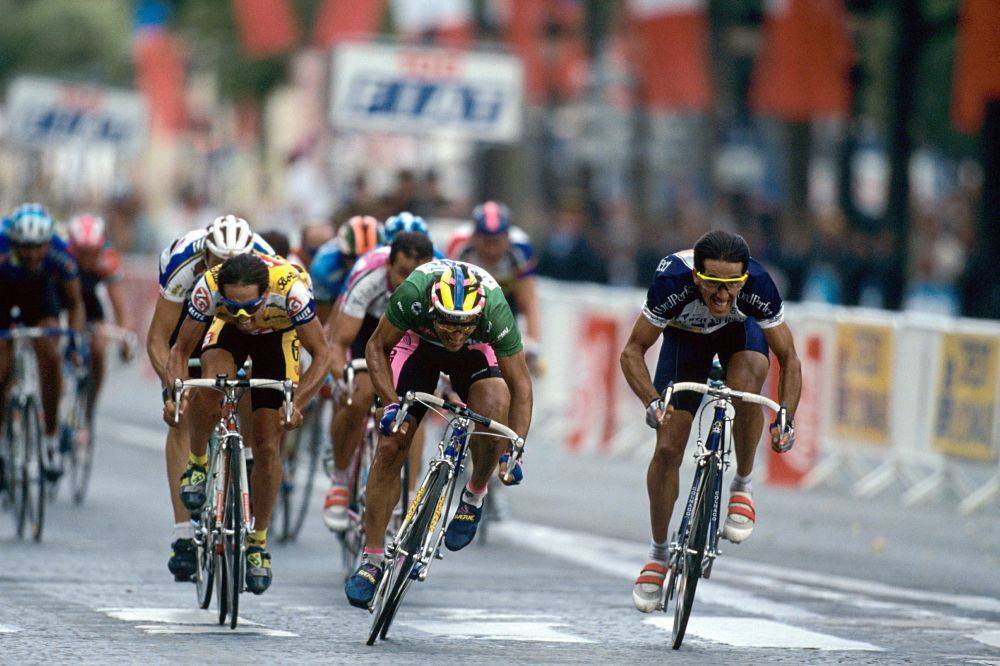
Km 129.5
Bagnères-de-Luchon
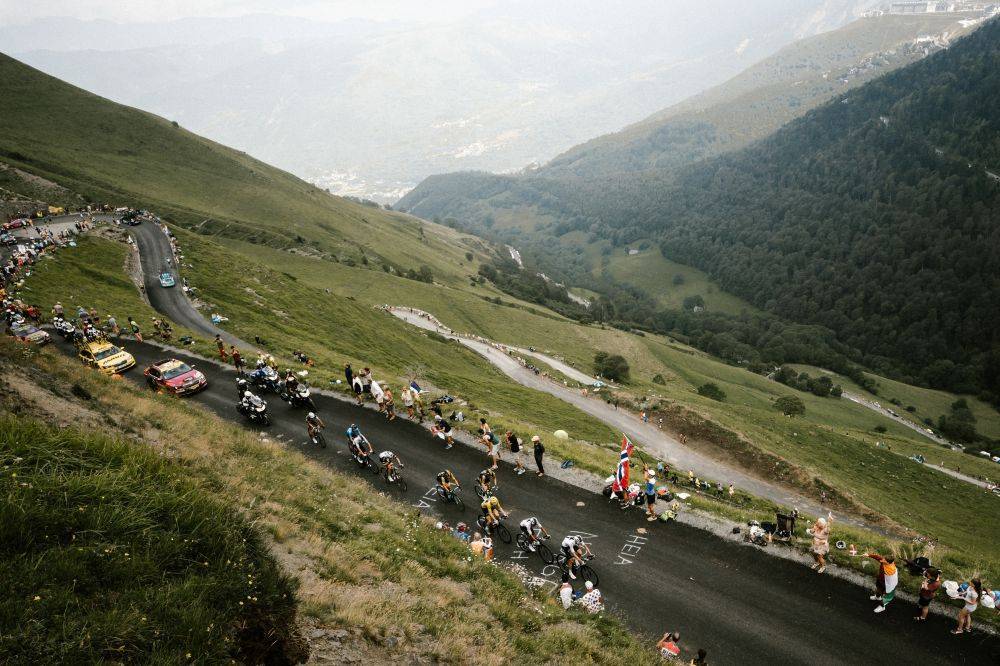
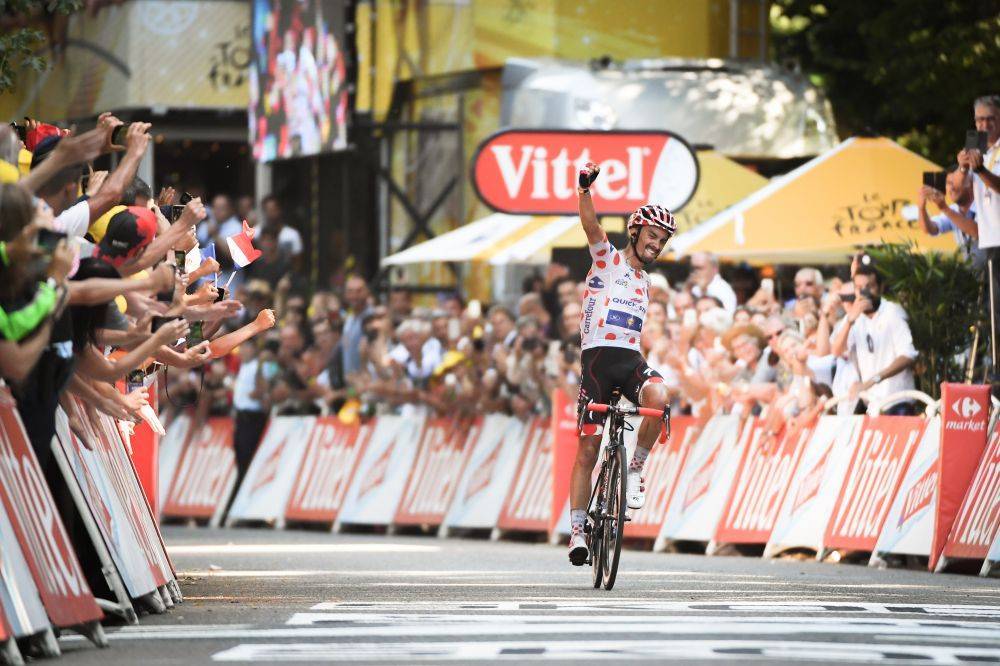
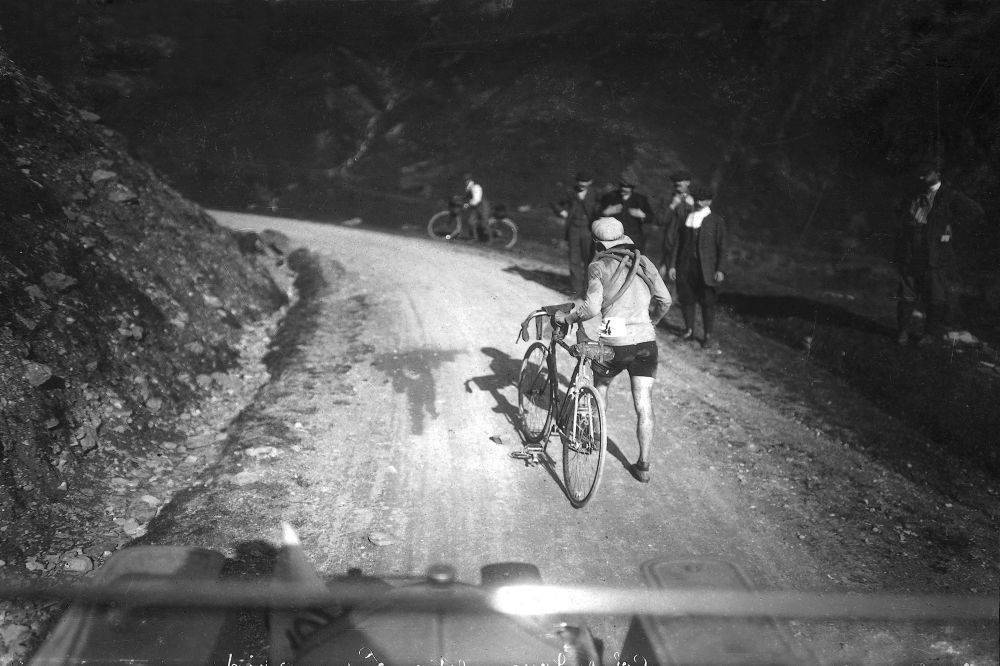
Km 146
Col de Peyresourde

Km 179
Hourquette d’Ancizan (1 564 m)
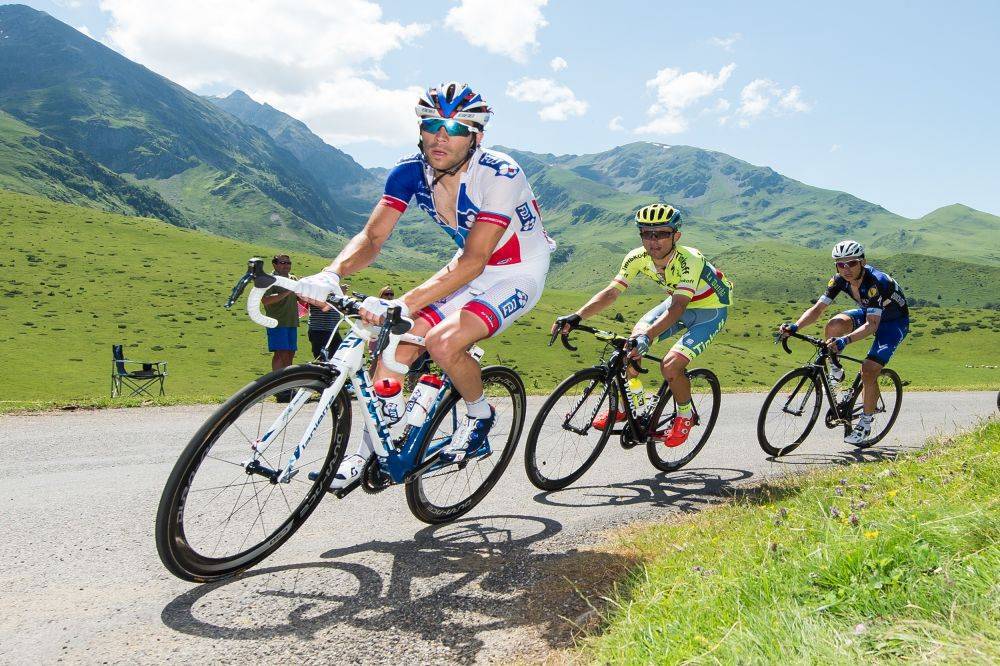
Km 201
Campan
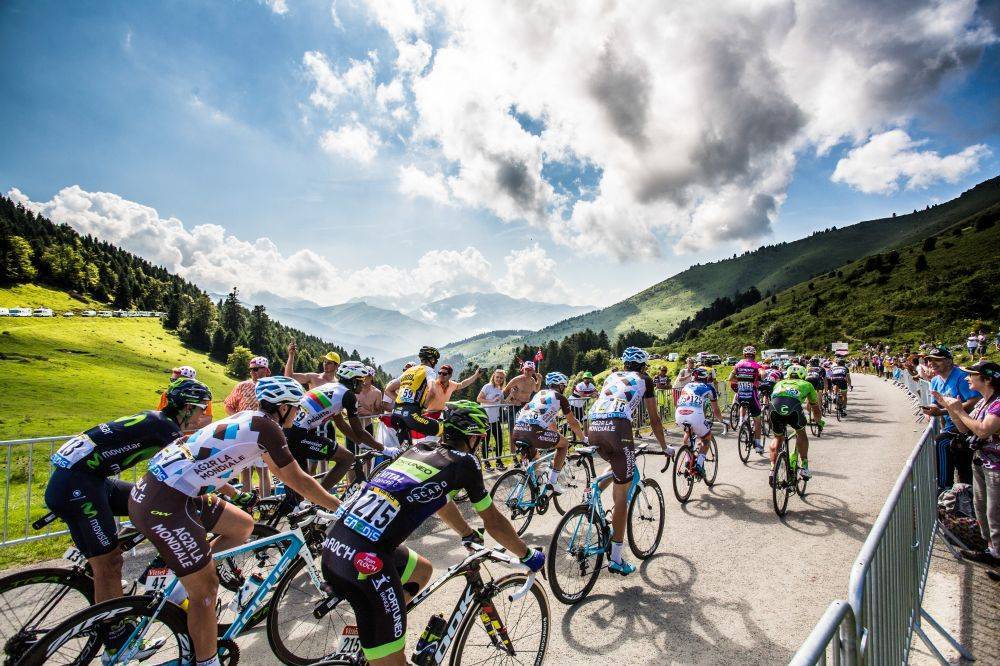
Km 85
Saint-Gaudens

Km 137
Saint-Aventin
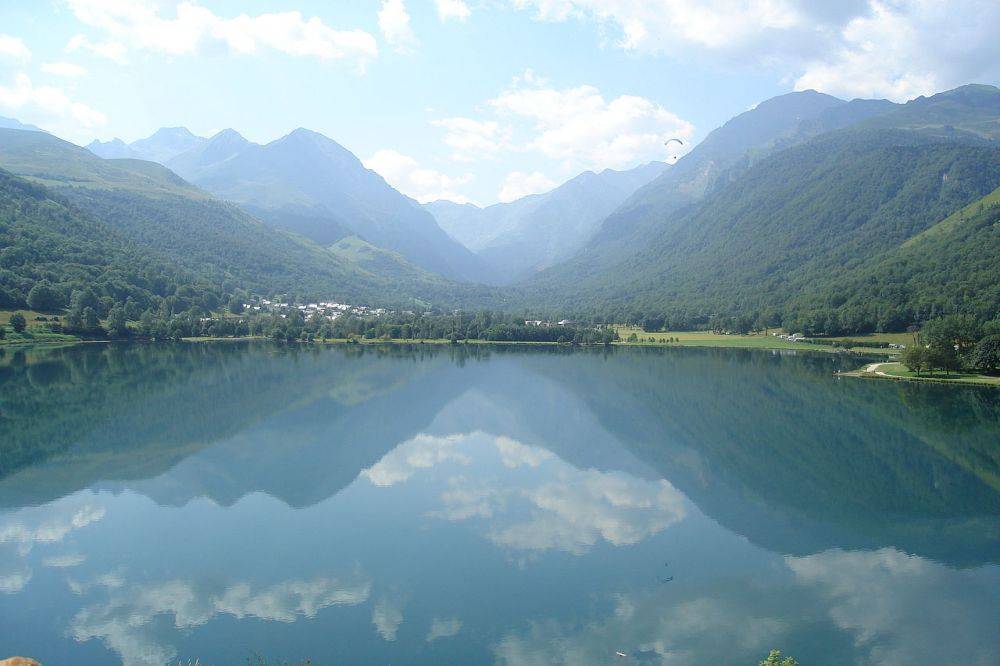
Km 163.5
Arreau
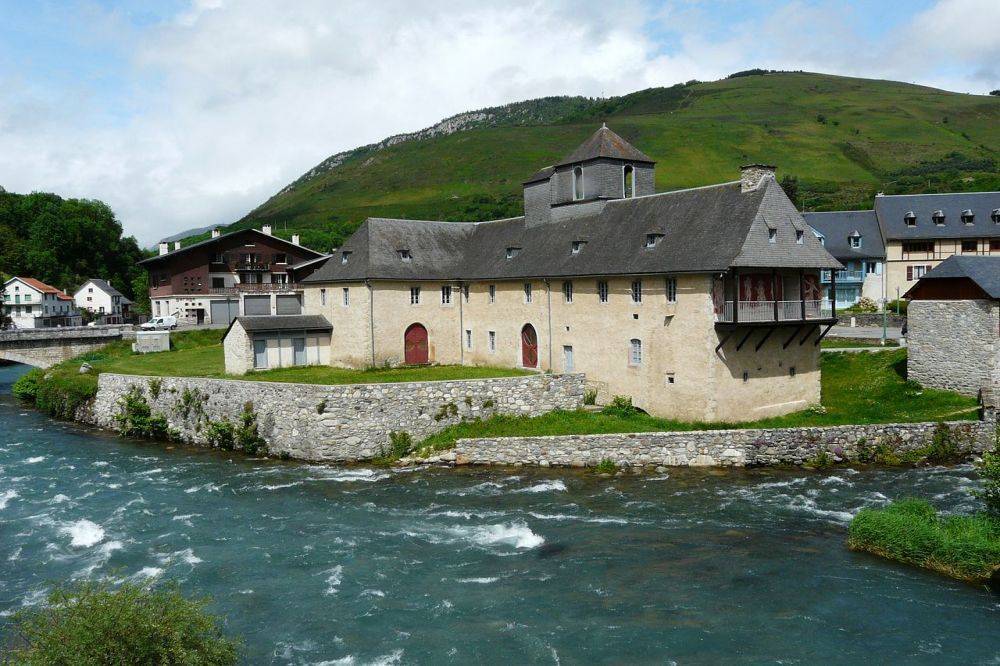
Km 167
Ancizan
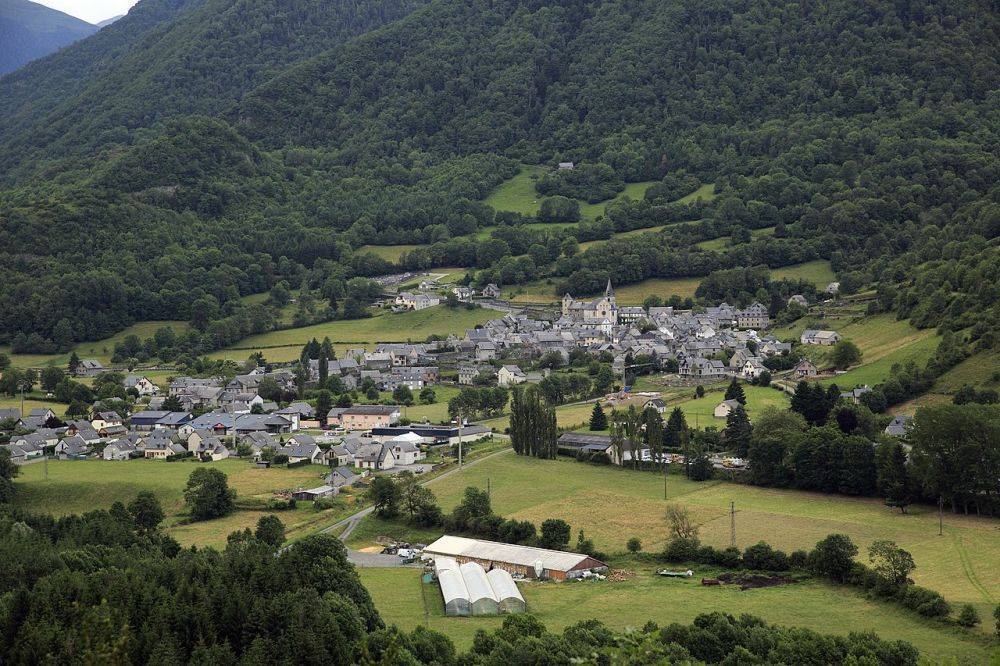
Km 179
Hourquette d’Ancizan

Km 201
Lac de Payolle
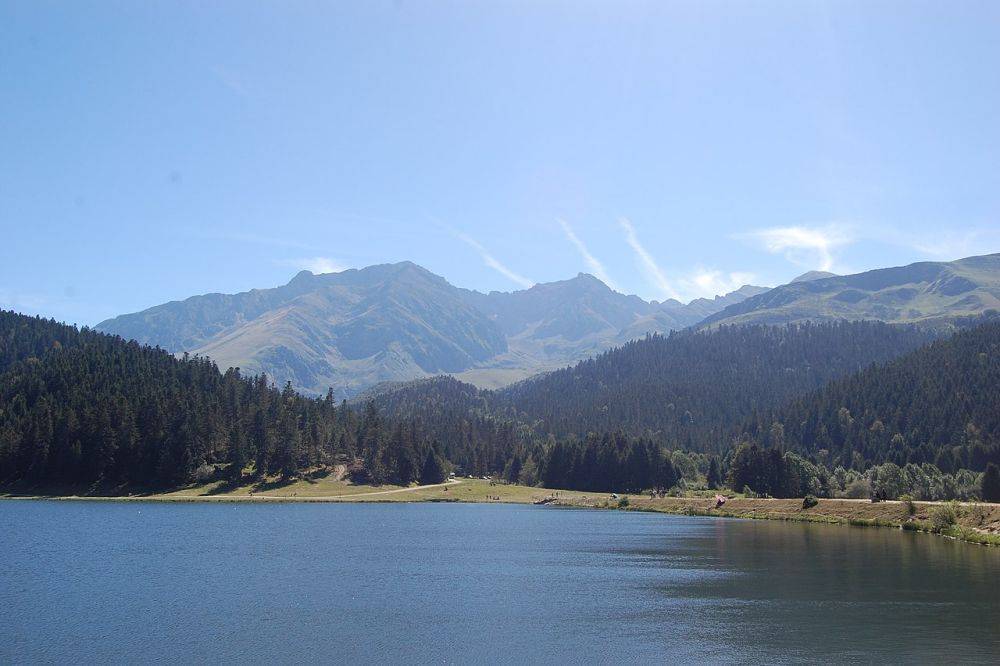
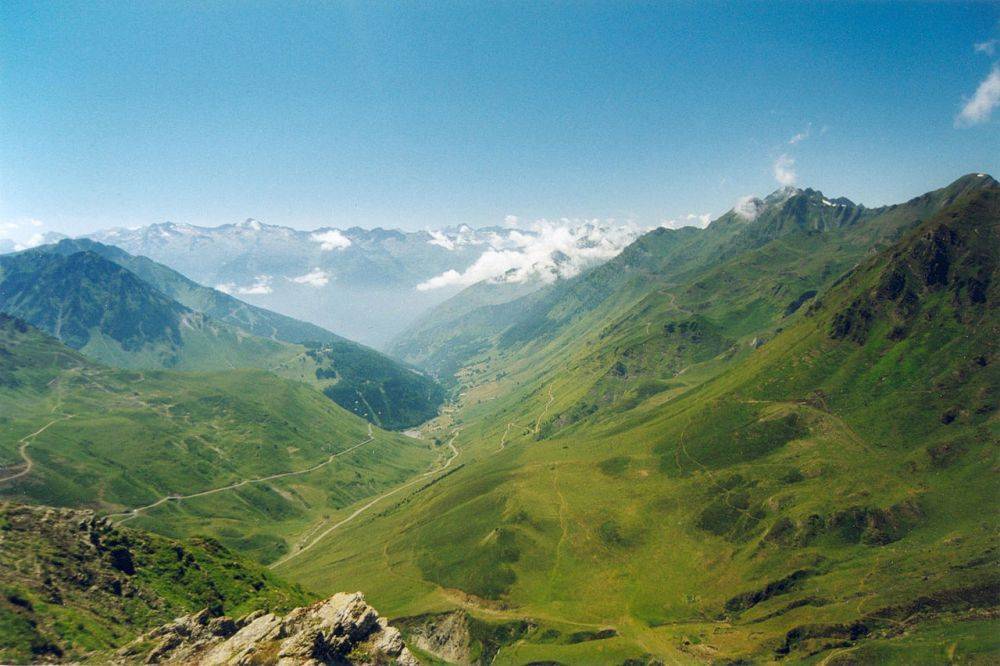
C. PRUDHOMME'S COMMENT
The pyrenean part of the Tour will start in the valley and that should motivate the usual breakaway suspects to give it a go but it’ll carry on with climbs up Peyresourde and La Hourquette d’Ancizan. Only the best climbers among them will be in a position to triumph as they head down to Bagnères-de-Bigorre.


The Tour never goes far from Toulouse but it has not actually finished in the city since 2008. It still landed twice in Blagnac, site of the city airport, in 2012 and in 2017. Or in Cugnaux in 2011 and in Muret in 2015, two cities located in the urban area of the “pink city”. 2008 was the year of the revelation of Mark Cavendish, who won i the second of his thirty victories on the Tour. The Mannish rider had opened his meter three days earlier in Chateauroux. The terrain is indeed favourable for sprinters, and it is not surprising to find the names of Rik Van Steenbergen, Andre Darrigade or Jacques Esclassan among the stage winners near Place du Capitole. But it was also in a bunch sprint that the most prestigious stage winner in Toulouse, Gino Bartali, won in 1948. On the map of the inaugural Tour of 1903, the city had from 1909 been snubbed by the race for thirty years. Henri Desgrange was bored to death during the stage won in 1909 by Jean Alavoine and decided to ignore Toulouse and head for the Pyrenees to make the race more exciting! The idea paid off.
There are countless riders born in Toulouse, but the best known are probably Jean-Christophe Péraud, second in the 2014 Tour or Frederic Moncassin, winner of two stages in 1996. Sylvain Marcailllou, 5th of the 1937 Tour, as well as Christian Chaubet or Robert Forest in the 80s, also represented Toulouse on the roads of the Tour. In the current peloton, Toulouse's Anthony Perez made his debut in 2018.
A little less frequently visited by the Tour than its namesake of Luchon, the spa town of Bigorre has nonetheless crowned big names like Raphael Geminiani, winner of the first stage held in the city in 1952, or his protégé Jacques Anquetil, eleven years later in 1963. In 1952, "Gem" had won the day after a rest day, as he had previously done in Gap in 1950. The "Grand Rifle" never trained on days off, preferring to spend time with his wife. The method proved effective... The victory of Anquetil was particularly significant for the Norman as it was his first success in a mountain stage, and his first in a bunch stage since 1957!
Subsequently used primarily as a launch-pad for Pyrenean stages, Bagneres-de-Bigorre hosted two more finishes in 2008 and 2013, when Dan Martin won at the expense of Jakob Fuglsang the year of his victory in Liège-Bastogne-Liège.
It was in Bagnères-de-Bigorre that Laurent Fignon set up a centre dedicated to cycling.
Km 4
Villeneuve-Tolosane
Frederic Moncassin, winner of two Tour de France stages, started cycling with the local cycling club. The future captain of the French world championship team rode his best season in 1996 with stage wins on Paris-Nice, Grand Prix du Midi Libre and above all his two victories in Den Bosch and in the great sprint stage to Bordeaux. The greatest regret in Moncassin’s career was probably his defeat in the 1997 Paris-Roubaix he seemed poised to win. Winner of the Hell of the North in the amateur ranks, he obtained his best result in the race when he finished 5th in 1998.
Km 129.5
Bagnères-de-Luchon
Its ideal position at the foot of the great Pyrenees mountain passes allowed Bagneres-de-Luchon to host the Tour de France 55 times, a record for a town of this size. The spa town made the Tour history as early as 1910 when it hosted the first two high-mountain stages in the history of the race. Both were won by Octave Lapize, the eventual Tour winner. Luchon often designated the future overall winner like Chris Froome in 2016 or at least the French star of the edition, like Pascal Simon in 1983, Thomas Voeckler in 2010 or Julian Alaphilippe last year. Bagneres-de-Luchon is arguably the most characteristic little town of the Pyrenees, as it is surrounded by the 13 most famous summits, like Aneto (3,404) the highest point in the chain. Luchon is an ideal destination to discover majestic landscapes, from the highest mountains to the small narrow valleys like Larboust, Oueil or the valley of the Lys. Also exceptional are the valleys of Astau and of Lake Oo, the second most visited site in the Pyrenees after the Gavarnie circus. Luchon is also famous for its television festival.
Luchon has been noted for more than two millenniums for its waters, bearing the name, Lixion, of a water divinity. The state-of-the-art thermal baths remain an essential asset with their Vaporarium, an immense natural vapour bath, unique in Europe.
Km 146
Col de Peyresourde
With 66 passages since 1910, Peyresourde is one of the passes most frequently visited by the Tour. It was the case again in 2017 when Spain’s Mikel Nieve was first at the top.

Km 179
Hourquette d’Ancizan (1 564 m)
Located between the Payolle plateau and the Aure valley, the pass was ridden for the first time on the 2011 Tour de France in the 12th stage between Cugnaux and Luz-Ardiden. It was then rated a 1st category climb. France’s Laurent Mangel was first at the top. In 2013, from the same side, Dan Martin led the way at the top while in 2016, Thibaut Pinot was in the front, but the pass was climbed from the other side.
Km 201
Campan
At the foot of the Tourmalet, Campan was in the 11th century the third most populated town in the Hautes-Pyrenees with nearly 4,500 inhabitants, who lived on the forest, marble quarries and breeding. Tourism has become one of the main resources of a town which preserved a beautiful 16th century covered market long used for the sale of cattle and several remarkable religious buildings like the St John the Baptist church (16th century) or Notre-Dame-de-l’Assomption in Ste Marie de Campan. Among the celebrities of Campan features Dominique Gaye Mariolle, a famous solider of the Napoleon armies who was two-metres tall and noted for his pranks.
A statue of Eugene Christophe was erected on the square bearing his name in front of the village church. It celebrates the feat of the “Old Gaul” who repaired a broken fork at the forge of the local blacksmith in 1913.
In 2016, a stage finish took place at Lake Payolle on the commune of Campan. It was won by Briton Stephen Cummings.
Km 85
Saint-Gaudens
The town took its name from a young 5th century shepherd, Gaudens, beheaded by Visigoths for failing to abjure his Christian faith. His head under his arm, he took refuge in the village church where the locals kept his body and his remains as well as those of his mother, Quitterie. The place became a popular pilgrimage. The current collegiate church was completed in the late 12th century. In 1202, count Bernard de Comminges wrote a charter establishing the rules of the city, led by consuls until the French Revolution. The town developed in the 17th century thanks to its market and the textile industry. In the 19th century, the industrial revolution made St Gaudens a busy economic centre thanks to weaving, breeding, mining and quarries. The famous Valentine china manufacture dates from the period and the St Gaudens museum preserves some of its production. St Gaudens also became a garrison town. In 1951, a monument to “The Three Marshalls” (WWI war heroes Foch, Joffre and Gallieni) was inaugurated by then president Vincent Auriol. A paper-mill known as La Cellulose d’Aquitaine became the leading employer of the region.
A sub-prefecture of Haute-Garrone, St Gaudens hosted 14 Tour de France stages with victories by such Tour de France greats as Gino Bartali (1950), Charly Gaul (1955), André Darrigade (1959) or Luis Ocana (1970). The last time the Tour came to town was in 2014 for the start of a stage won by Rafal Majka in Pla d’Adet.
Km 137
Saint-Aventin
St Aventin Romanesque church
The 11th and 12th century church, with its two towers, is remarkable for the sculptures of its porch and its capitals adorned with scenes of the life and martyrdom of St Aventin. The outside walls include several stones and altars for old pagan cults in the Pyrenees. Inside, several monumental paintings can be seen. The valleys of Larboust and Louron are famous for their typical Romanesque churches
Km 163.5
Arreau
A turning point in the St James Way, Arreau was an important drapery centre until the French Revolution. The 12th century Notre Dame church was used for the defence of the village and even included a fencing room. The St. Exuperius chapel, with elements from the 11th to 16th century, was named after a 4th century Arreau-born farmer, who became Toulouse bishop and died in 418. His sanctuary was first built on the spot where the chapel now stands.
The Nestes Castle (15th to 18th century) is a summary of 10 centuries of history in the Aure valley. Used to protect the nearby St Exuperius sanctuary, it was restored in 1989 and its museum holds an intriguing exhibition on the “cagots”, the French equivalent of the untouchables in the Middle Ages.
Km 167
Ancizan
Ancizan is an old fortified village built at the foot of Pic de l’Arbizon. An important textile centre, it was the home of the corporation of weavers in the Aure valley. Several town-houses relate to the historical past of the village. The church is remarkable for its inner furniture and especially for a painting representing the burial of the Christ. In 1953, a flood ravaged the village and forced the population to move several buildings.
Km 179
Hourquette d’Ancizan
Km 201
Lac de Payolle
The place is known as “Little Canada” because of its forest, its lake and its atmosphere of serenity. The lake is ideal for the idle but also for the sporty types with a wide range of activities: mountain bike, adventure park, treks, rides, nautical activities (canoeing, stand-up paddle, angling) and gran fondos (Col d’Aspin and Hourquette d’Ancizan).






